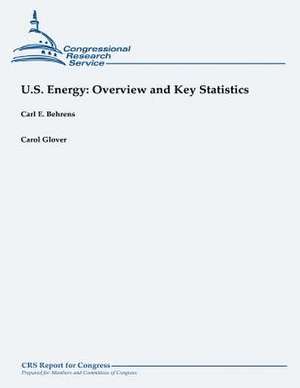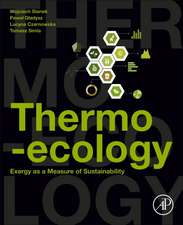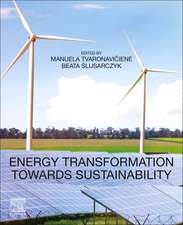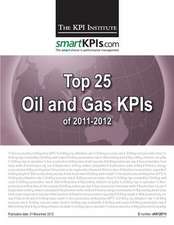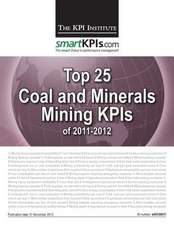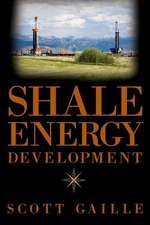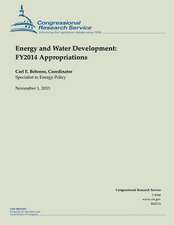U.S. Energy
Autor Carl E. Behrens, Carol Gloveren Limba Engleză Paperback
Preț: 86.36 lei
Nou
Puncte Express: 130
Preț estimativ în valută:
16.52€ • 17.30$ • 13.67£
16.52€ • 17.30$ • 13.67£
Carte disponibilă
Livrare economică 15-29 martie
Preluare comenzi: 021 569.72.76
Specificații
ISBN-13: 9781490957777
ISBN-10: 1490957774
Pagini: 44
Dimensiuni: 216 x 280 x 2 mm
Greutate: 0.13 kg
Editura: CREATESPACE
ISBN-10: 1490957774
Pagini: 44
Dimensiuni: 216 x 280 x 2 mm
Greutate: 0.13 kg
Editura: CREATESPACE
